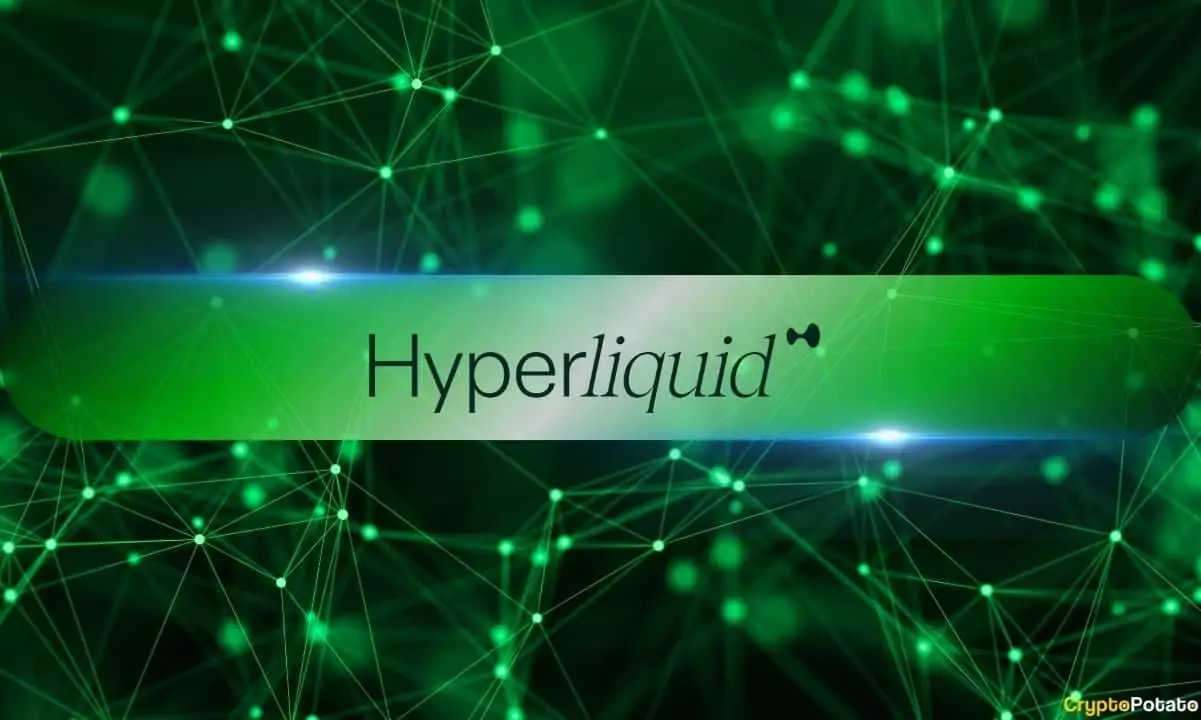Hyper Foundation has taken a bold step into the future of decentralized finance (DeFi) with the launch of HyperEVM, a pivotal advancement to the existing Hyperliquid protocol. This move is not just about enhancing functionality; it signifies an important shift towards integrating general-purpose programmability within its financial architecture. By adopting HyperEVM’s features, Hyperliquid aims to facilitate seamless interoperability, thereby enriching the user experience and attracting a broader developer community.
At the core of HyperEVM’s initial mainnet release are HyperEVM blocks, which are constructed as part of the Layer 1 execution framework. This means they inherit security through the HyperBFT consensus mechanism, aligning the new system’s robustness with existing standards. The newly introduced component allows for spot transfers between native HYPE and HyperEVM HYPE tokens. Notably, HYPE serves as the essential gas token, crucial for transaction fees within the network, thus creating a more streamlined financial operation.
The foundation has also rolled out a canonical WHYPE system contract, which offers crucial support for DeFi applications. Although the Hyper Foundation acknowledges that the initial tooling and analytics may lack refinement, they remain optimistic about ongoing improvements spearheaded by experienced developers. This emphasis on continuous enhancement demonstrates the organization’s commitment to building a resilient and efficient DeFi ecosystem.
HyperEVM’s implementation strategy exhibits a careful approach to community feedback. During the testnet phase, users will have the chance to provide input on features like general ERC20 native transfers and precompiles, which will enhance user experience. This inclusive strategy is designed to minimize disruption for existing Layer 1 users while fostering a collaborative environment for developers and end-users alike.
The decision to stagger the mainnet rollout illustrates Hyper Foundation’s dedication to a smooth transition without compromising performance for existing users. Moreover, the promise of live streaming HyperEVM block data to S3 for indexing eliminates the necessity for users to operate nodes, which simplifies the process for developers looking to engage with the platform.
The impact of Hyperliquid’s ecosystem is further demonstrated by the enthusiastic reception of its native token, HYPE, which saw an impressive airdrop of 310 million tokens, accounting for 31% of its total supply. Since the airdrop, HYPE’s value has skyrocketed, rising from approximately $3.90 to around $26, indicating strong market interest and confidence in Hyperliquid’s future potential.
Additionally, the introduction of native staking on the mainnet allows token holders to earn rewards by assisting in network security, enhancing user engagement. With options to select validators based on several key performance indicators, users can actively contribute to the platform’s stability and governance.
As of now, Hyperliquid has demonstrated robust financial performance, with reported revenue of $51.41 million in January and a total value locked (TVL) exceeding $677 million. These metrics highlight the platform’s growing influence in the DeFi market and its commitment to fostering innovation while maintaining a user-centric approach.
Hyperliquid and Hyper Foundation are strategically positioned to redefine the DeFi landscape, creating opportunities for developers and users as they embark on this exciting journey with HyperEVM.

